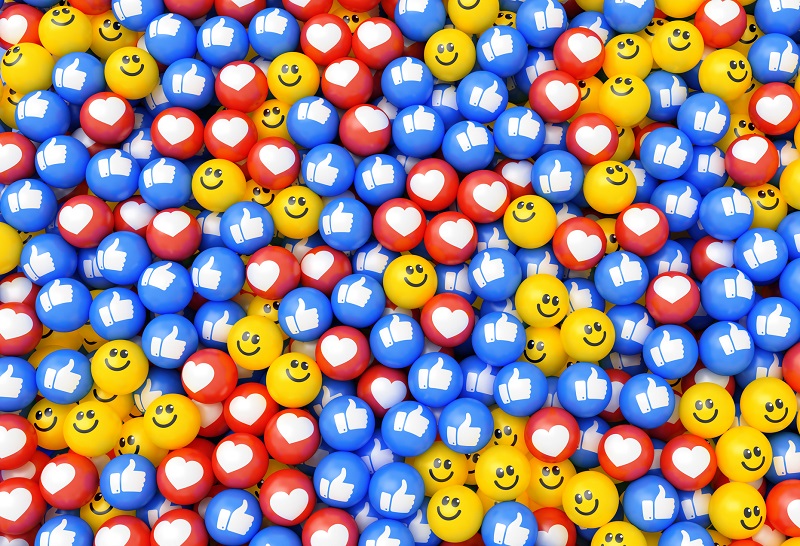Why you shouldn’t negotiate insurance contracts with emojis

Brokers and underwriters would be wise to avoid the use of emojis when negotiating insurance contracts, based on a recent ruling in Saskatchewan.
Back in 2019, an Israeli judge found the use of a smiling emoji, a dancing emoji, and a champagne bottle emoji signified an intent to enter a landlord-tenant contract. Now, the Court of the King’s Bench in Saskatchewan has taken it one step further, ruling that the use of an emoji can amount to a contractual agreement between parties.
In South West Terminal (SWT) Ltd. v Achter Land, a farm supply company and a farming corporation were negotiating a contract. Specifically, SWT was buying grain supplied by a farm company owned and operated by Chris Achter.
SWT’s and Achter’s reps had an established relationship in which they would communicate acceptance of their contracts through text messages and phone calls, as Michael Weinberger of Siskinds LLP notes in a Mondaq blog post Friday.
“The typical process of their negotiations would be to discuss the terms on the phone, the SWT representative would then draft the contract, sign it, and send it to the Achter representative for review and to accept,” Weinberger wrote. “The Achter representative on at least three separate occasions would write back either ‘looks good,’ ‘ok,’ or ‘yup,’ and would then proceed to fulfil the contract.
“On the incident that led to the case, the Achter representative responded with a [thumbs up] 👍emoji. SWT relied on the 👍[thumbs up response] and [then] Achter failed to fulfil the contract, at which point SWT subsequently sued.”
Related: Communicating with clients: Ditch the emojis! LOL
Achter told the court the thumbs up emoji was merely intended to signify he received the contract for review, not that he accepted it.
But Saskatchewan’s court ruled the thumbs-up emoji met the signature requirements of acceptance and therefore Achter breached the contract. Achter was ordered to pay SWT $82,000.
“This court readily acknowledges that a 👍 [thumbs up] emoji is a non-traditional means to ‘sign’ a document, but nevertheless under these circumstances this was a valid way to convey the two purposes of a ‘signature’ – to identify the signator (Chris using his unique cell phone number) – and, as I have found above, to convey Achter’s acceptance of the flax contract,” Saskatchewan Court of the King’s Bench Justice T.J. Keene ruled in June.
Although this decision is specific to Saskatchewan, it could have implications in other Canadian court jurisdictions, Weinberger noted in his July 28 blog.
“This case does not signify that a thumbs-up emoji will always constitute a contract,” he wrote. “Instead, the case highlights that a contract could be considered accepted though the use of an emoji, being dependent on extenuating factors such as the past conduct of the parties.
“It is clear then one should be mindful of using emojis to communicate something best left for written text. As the old saying goes, ‘a picture is worth a thousand words,’ and different people might interpret different meanings from a picture.”
Weinberger outlined four ‘best practices’ for negotiating contracts, which may include insurance contracts:
It is best to leave emojis outside contractual formation.
It is best to use clear written communication to avoid ambiguity and misinterpretation.
Be mindful of other non-traditional methods of signatures, such as text and social media messages and GIFs.
Always reconfirm oral agreements in writing.
Feature photo courtesy of iStock.com/JuSun







